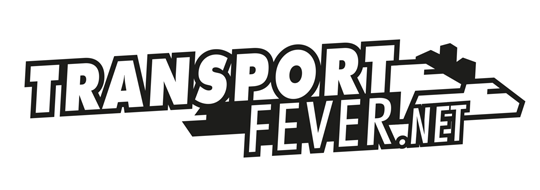I partially blame myself for not testing, but I just made a huge discovery that will change the way I play this game for the better. This may have been obvious to many, but I was specifically told it didn't work this way previously, so there will be others that may benefit from this being said aloud.
I was previously told that profit was based on the delivery of good or passengers to the final destination, such as Logs to a Saw Mill, that it is based on a straight line from one to the other, and that transfers from one delivery method to another that aren't on at least in that straight line to some degree will only lose profit to the final destination. Most of that is true, but it turns out the last part is completely false.
I like to have rail stations at cities and towns. I'm not a fan of having them out at industry buildings. So I have trucks deliver from the industries to the rail station at the town.
I'm playing a Very Hard map and had a nice rail line opportunity where one city was by a Forest and Tools Factory and another was by a Saw Mill. So the train could deliver both ways.
The issue was the Forest was in between the two cities, so backtracking towards the first city was necessary. So I did that because I hoped the profit from the two way train would offset it.
Sure enough, comparing to other lines, there was no money loss on any of the lines.
So I did a little test with some trucks in a test map and, indeed, if you have two industries beside each other and send trucks out to deliver to and from a depot out in the middle of nowhere, they will earn the same amount as a line delivering directly from one industry to another.
Again, this may have been obvious to many, but not everyone. And I'm both happy and frustrated knowing that I can and could have been playing exactly how I wanted to the entire time. Because it really has been a frustrating few years playing this game in generated maps trying to utilize Truck > Rail/Ship lines thinking that they all had to be one straight line. ![]()
Oh well. I can go forward much happier now. I hope this information helps someone.


